Have you made up your mind to purchase Raspberry Pi, but still in confusion why different Pi’s models are available? Well, several models can execute many of the same jobs, but there are some specific tasks that are well-performed by the particular board. To understand this, let’s take an example, the Raspberry Pi zero is available with low form factor in comparison to other versions, and ideal for the projects that have limited space.
Here is a short guide that will let you know the things which you should understand about each model of Raspberry Pi.
The 3 Generations of Pi
As you may know, different kinds of the Raspberry Pi are available since its launch date. But all the models are separated into three types:
Model A: Came first in existence in 2013 and its iteration “A+” appeared in 2014.
Model B: First appeared in April 2012, a “+” model means B+ released after two years in July 2014. After passing few months, the Raspberry Pi 2 came into existence in February 2015. This was followed by the Raspberry Pi 2 v1.2 in October 2016. In this meantime, Raspberry Pi 3 came in February 2016.
Zero: Lastly, the Raspberry Pi Zero board appeared in November 2015, a smaller version of Pi’s family. It was thriving by Zero PCB ver1.3 in May 2016. A third model, Zero W hit the market in February 2017, while its latest board Zero WH uncovered in the beginning of 2018.
However, three generations of Pi are available, but you can currently purchase only their subset. Continue your reading to discover their details, specifications and usage.
Raspberry Pi 1 Model A+
Available with size 65mm x 56.5mm x 10mm and weight 23gms, the RaspberryPi model A+ is a improved iteration of the model A. Smaller in size in comparison to its predecessor, it utilizes the instruction set of ARMv6Z (32-bit) along with a Broadcom BCM2835 System-on-a-chip (SOC). This consists a 700MHz single-core ARM1176JZF-S and RAM of 512MB.
Along with this, it has a 15-pin MIPI Camera Serial Interface (CSI) connector and 1 USB 2.0 port. For LCD panels, this device is provided with a MIPI display interface, while composite audio and video output is handled by 3.5mm TRRS jack. You will also find a standard HDMI-out on the board. The model A+ also features a micro SD card slot.
The specifications are not limited to these only as there is an availability of 40-pin array – 28 for GPIO, and the remaining ones are for UART, 12C and SPI.
Ideal Use: Due to its limits, this model is perfect as a motion sensing security camera. Also best for a NAS controller, robot brain and even at the high altitude balloon’s heart.
Raspberry Pi 1 Model B+
By carrying the same architecture and SoC of model A+, the Raspberry Pi model B+ comes with a larger size of 85.6mm x 56.5mm, allowing space for additional connectivity. This model comprises 4 USB 2.0 ports. However, this is through the five-port, on-board USB hub – the fifth one is available for an Ethernet port.
Similar to model A+, it is mounted with a 15-pin MIPI camera interface connector and also provided with the MIPI display interface for raw LCD panels.
This model is first in Pi’s family that provides a microSDHC slot for high speed microSD cards.
Ideal Use: With this model of Pi, you can easily run on a low level server. For instance, network monitoring tool or a wireless point server.
Raspberry Pi 2 Model B
With the same dimensions and weight of B+, Raspberry Pi 2 Model B is launched by stepping up the hardware.
Now made to the ARMv8-A (64/32-bit), this model comprises a 900MHz 64-bit quad-core ARM Cortex-A53 along with a Broadcom BCM2837 SoC and a 1GB of RAM. Apart from this, there are no other dissimilarities with B+, but the increased RAM and a faster CPU boost the performance.
Ideal Use: Can be used for numerous projects like an inspiring digital picture frame. Due to its versatility, you can use it as a desktop computer. Also, this device is used to install and run Doom without emulation.
Raspberry Pi 3 Model B
Enhancing the specifications of the model B design and having the same weight and dimensions, Raspberry Pi 3 Model B consist a 1.2GHz 64-bit quad core ARM Cortex-A53. Also comprises an enormous USB resource boost and 802.11n wireless and Bluetooth 4.1 on-board.
This means that there will be no interruption in the flow of power to these devices and near about two USB ports are available for other tasks. Along with this, it has microSDHC- compatible card slot.
Ideal Use: Pretty for every project that is not restricted by size. Because of the most powerful version, this model is best for retro gaming emulation and can be used as a Kodi box.
Raspberry Pi Zero
Available in lightweight and in half of the size of B+, this powerful computer is not limited by its size. This model built into the 32-bit ARMv6Z architecture along with a Broadcom BCM2835 SoC that you found in the model A and B+.
Constructed with a 1GHz single-core ARM1176JZF-S CPU, this model shared 512MB RAM and has 1.3 revision boards as well as the MIPI camera interface. Comprising micro USB for power and another for data, this model has microSD and mini HDMI-out. However, GPIO pins have been removed, but there is an array along with Run and TV I/O.
Having 65mm x 30mm x 5mm size and weight 9gms, Pi Zero is best for any project where weight and space are a premium. Maybe, it is smaller than the previous versions of Raspberry Pi, but can be used very easily.
Raspberry Pi Zero W
Undoubtedly, Raspberry Pi Zero was the best board, but its limited USB connectivity becomes somewhat tricky for connecting devices or getting online. Raspberry Pi Zero W was launched with the addition of Bluetooth and wireless connectivity to the Pi Zero.
This model is best for executing a compact project for which you need remote access also.
Raspberry Pi Zero WH
Similar to the previous board, this version of the Pi Zero’s family comes with one primary difference – it comprises GPIO pins. Therefore, this model is perfect for anyone who do not like soldering, but require a Pi Zero because of space limitation.
Ideal Use: All the models of Pi Zero are perfect for any project where space is a premium. For example, you can use it to run the retro gaming projects.
Other Flavours of the Raspberry Pi
With the availability of standard models, the Raspberry Pi Foundation has launched other versions also. Here we are talking about the Compute Module that has an IO breakout board and three iterations. These devices come with the same specifications that you found in the main Pi’s, but are meant for the Internet of Things developers. However, these can be brought by the enthusiasts also.
Which Raspberry Pi should you buy?
Unarguably, all of these Raspberry Pi models are ideal for performing specific tasks. But their flexibility made them capable of swapping. Here the meaning is that you can send a balloon into orbit by using Raspberry Pi 3 and you can run Kodi on a Pi Zero.
So, choose the version of Raspberry Pi that perfectly suits to your project.
Right Source to Buy
SB Components Ltd as it is an ideal destination to buy the best products without placing any burden on your pocket. The Company is offering a vast range of products that range from accessories to stylish and robust Raspberry Pi.


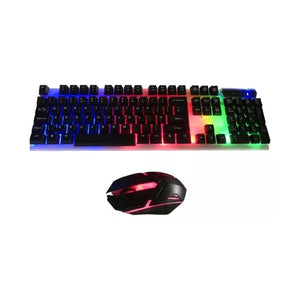
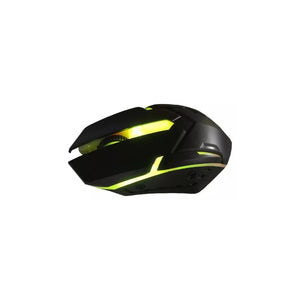
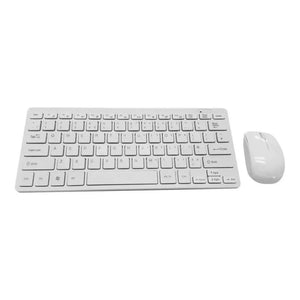
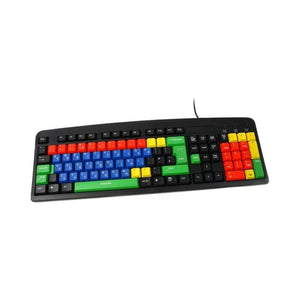
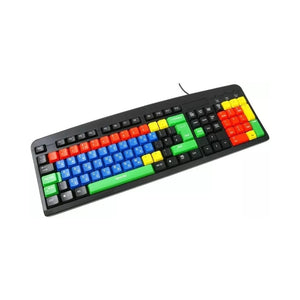
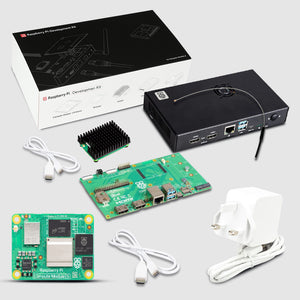
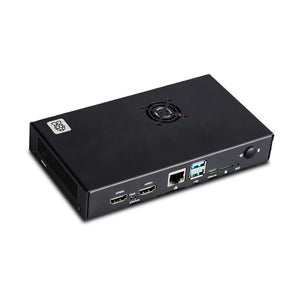
2 comments
Moses Brodin
I was looking for a network cable the other day and stumbled on my old Raspberry Pi 1 model B. It still had the full sized SD card in it, so booted it up to find a very old version of Raspbian Wheezy. We’ve certainly come a long way since that single 700 Mhz core with 256 megs of RAM.
Ragerds:Moses Brodin
Alisha Ross
Linux is a stable, modular, community built, free OS. The GNU toolchain is the solid base for development. The best thing about linux is the freedom to make it your own. The community allows a direct relationship between end-users and developers. Distros allow efficient sharing of configurations and pre-compiled binaries with package management systems, simplifying system maintenance.
Regards
Ross Alisha